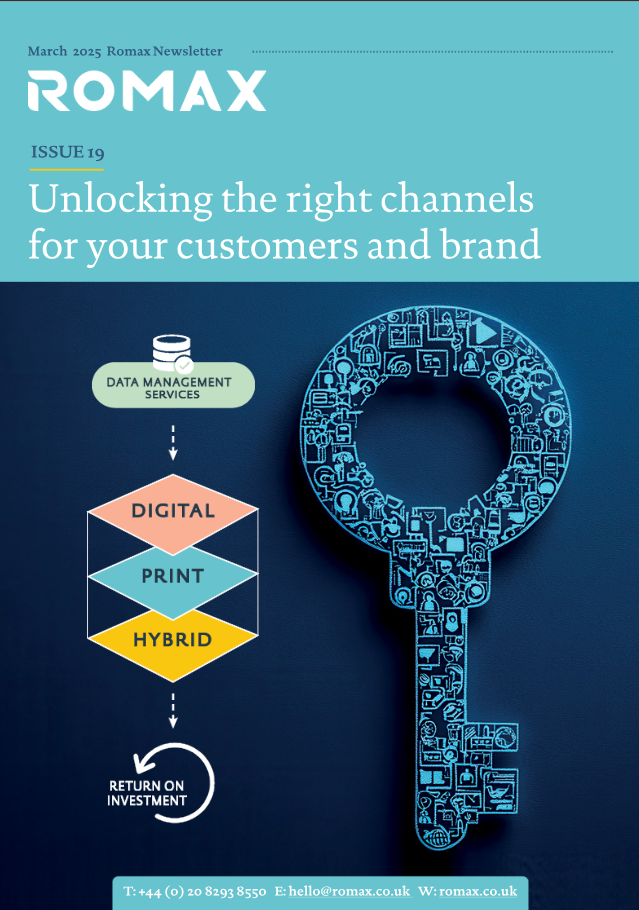I was recently asked to participate in a webinar to discuss the deployment of our new publishing platform called Publicus. It was the first time I had taken part in a webinar with the audience running in the low hundred so it was a little daunting.
So some tips which I hope you can take away and utilise.
Sound is all important on a webinar
The first and most important lesson I learnt is to have a backup plan in terms of technology. My first laptop, despite being tested with a rehearsal the week before, decided not to work so I had to quickly grab an alternative PC!
Choosing the right location, somewhere quiet, where you can concentrate without distractions is also vital. Hopefully, this location will have a wired internet connection so you can get the best possible internet speed without any drop of connection.
Finally, don’t rely on the inbuilt microphones in your laptop or desktop computer; use external mics as they will give a much better experience for your audience.
Run through and practice your webinar
Don’t underestimate the power of practicing multiple times before going live. This is particularly relevant if you are showing slides on your webinar as you will not want to relate the text on these verbatim. If possible, have someone listen to you as if they were your audience and ask them for honest feedback. How is your tone? Is it friendly or too serious and flat? Vocal pace OK? Are you speaking clearly? Ask them to listen again once you have taken the advice on board.
If you are hosting a webinar with other contributors make sure you have a dress rehearsal and go through when and where everyone is speaking.
To begin……
What is the best way to introduce yourself? Certainly not reading a long bio or a slide that lists your agenda; these are ways to rather ensure that you lose your listeners’ interest.
Narrate a story; sharing your story and explaining what brought you there will establish trust and develop an emotional connection between you and your audience. Just remember to keep your story brief, personalise it with a few suspense elements, and conclude with a strong ending.
A great trick is to also smile while you’re telling your story, as it helps elevate your voice; your listeners will be able to feel your enthusiasm.
Grab and hold your audience’s attention
The average attention span of a typical audience is about 10 minutes. Webinar audiences are worse; you are competing for their attention with their computer screens, their always open social media accounts, and their email inboxes. This is why it is important to not only grab their attention but also hold it.
Limit the text in your slides and avoid overloading them with bullet points. Instead, get your audience involved with an interesting mix of interactive questions, mini-challenges and tasks, rich images, compelling videos, and even music.
And always maintain a conversational tone.
Remember that you are talking to real people, not to a machine. Personalise your webinar by:
- Imagining that you’re speaking to a friend or colleague.
- If you have, say, 150 attendees listening, you are actually having 150 one-to-one conversations. This may sound overwhelming, so try to visualize a friendly face you are talking to.
- Breaking your presentation up by using Q&A.
- Addressing your audience by using “you” in your sentences.
- Don’t say “Today I’m going to be sharing…”; instead, say “Today you will learn…”. Utilising the word “you” makes your audience feel more engaged.
- Use appropriate humour.
Case Studies
Use interesting real facts and examples to support your message.
Hearing real life experiences and thinking of how to apply the same solutions is one of the most effective ways to learn. I was lucky in that I had a lot of rich media from my client to use including videos and magazines.
Filling your webinars with multiple boring graphs and figures will not captivate your audience; using real-world scenarios, case studies, and examples will.
And finally……
Remember that your voice is the connection.
Of course, you will need to make pauses while you’re talking. Use them, but keep them short; don’t allow more than 2 or 3 seconds of silence, otherwise, your audience might think that they have lost their sound. And if you are to be silent, let your listeners know. For instance, when you want to give them some time to read something, tell them “I will now let you read a few lines about…”
Certainly one of the downsides of a webinar especially when deploying only audio, as was the case here, is that you cannot help but sometimes speak over someone else – I quickly learnt to pause before speaking after another contributor as they may not have finished or indeed the potential for a lag in the audio may mean a delay.
I hope you find this blog useful – if you want to listen to my webinar please click here – I hope you enjoy it!
Contact Us
« 20 Years of Direct Mail Marketing Data, Data everywhere…. »




